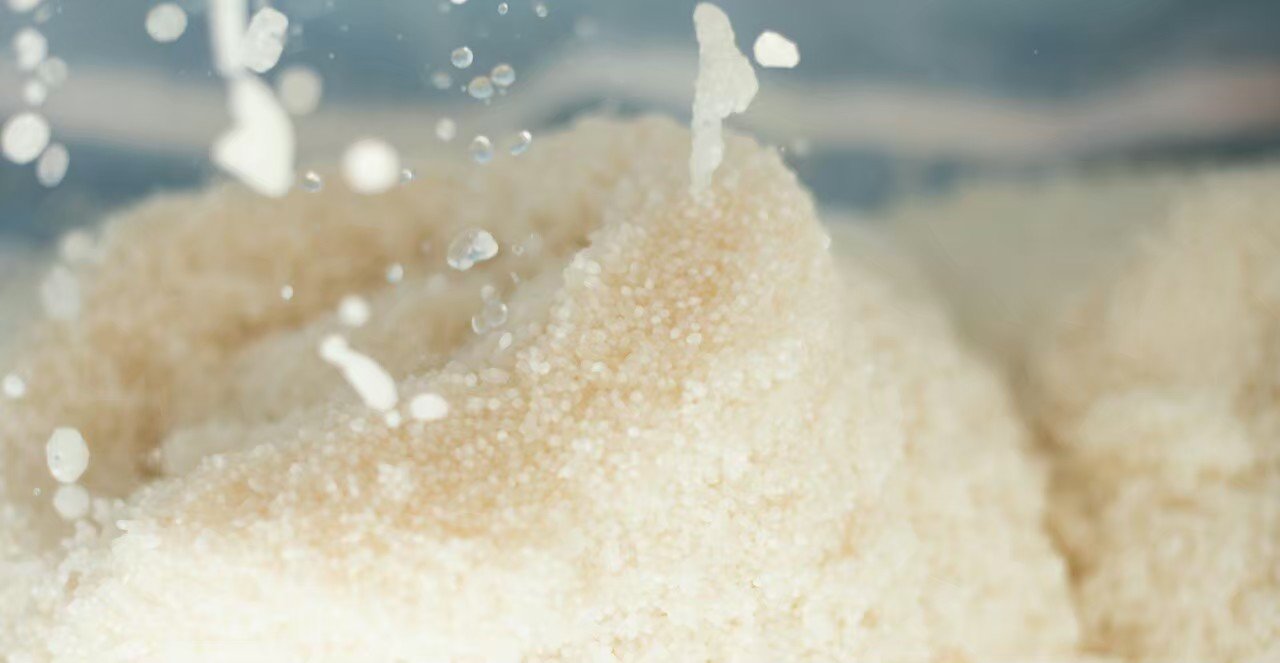
GLOSSARY
- The Art of Sake -
-
Aruten
a process of adding brewer’s alcohol to the mash to improve flavor and aroma of sake, increase yield, and/or to preserve quality
-
Daiginjo
super premium grade of sake with rice polish ratio of 50% or less; usually light and highly fragrant
-
Doburoku
sake before pressing. A “cloudy sake,” the original form of sake of the old days
-
Genshu
Undiluted, raw sake. May reach natural alcohol content up to 20%
-
Ginjo
premium grade classification of sake with rice polish ratio of 60% or less; usually light and fragrant
-
Gohyakumangoku
one of four major renowned premium sake rice varieties, which is known to yield clean and light sake
-
Honjozo
a sake grade classification, containing a slight addition of brewer’s alcohol
-
Jizake
“Regional Sake” referring to fine artisan sake produced by the microbreweries
-
Jozo alcohol
brewer’s alcohol, referring the alcohol added to the mash
-
Juku-shu
one of the four sake flavor profile types established by Sake Service Institute, referring to sake with fragrant and depth. Mainly aged sake fall under this category
-
Jun-shu
one of the four sake flavor profile types established by Sake Service Institute, referring to sake with full body and subtle fragrance. Mainly Junmai grade and sake produced using traditional kimotokei-shubo fall under this category
-
Kimoto
one of two traditional kimotokei-shubo, and involves the labor intensive yamaoroshi process
-
Koji
a fungus used in producing a number of foods that are both fundamentally and distinctively Japanese: soy sauce, miso and sake
-
Kuchikami-no-sake
“Mouth-chew sake,” an ancient form of sake produced by men and women who chewed rice and spit it out into a pot, where natural occurring enzymes in saliva took its course to convert rice starches into fermentable glucose
-
Kun-shu
one of the four sake flavor profile types established by Sake Service Institute, referring to highly fragrant and light sake – Daiginjo and Ginjo grade sake fall under this category
-
Kurabito
brewery works, often times farmers and fishermen turned seasonal sake brews-men, leaving their hometowns in the down months in the fall until springtime
-
Moromi
“sake mash” produced by adding rice koji, water and steamed rice into shubo (fermentation starter)
-
Moto
fermentation started, also known as shubo, containing high concentration of yeast created by combining steamed rice, rice koji, water and yest
-
Namazake
100% unpasteurized sake. Sometimes referred to as “nama-nama”
-
Nihonshu
literally means, “Japanese Sake”
-
Nigori sake
“cloudy sake,” a coarsely filtered sake which lets some sake lee sediments through to produce a cloudy, milky color sake
-
Rice koji
steamed rice inoculated with koji mold, which produces enzymes necessary for breaking down rice starch into fermentable glucose
-
Sake kasu
sake lees separated from liquid (sake) after pressing sake mash
-
Seimaibuai
rice polish ratio, and the base for sake grading system. The lower the polish ratio (rice remaining ratio), the higher the grade
-
Seishu
literally means “clear sake,” is the legal product name for sake in Japan
-
Shubo
“Mother of Sake,” and the fermentation starter created with the combination of steamed rice, rice koji, water and yeast
-
Shuzokoutekimai
“sake rice” used exclusively for sake brewing, versus table rice used in foods
-
Sokujoukei-shubo
the modern, and more prominent of the two techniques for producing the fermentation starter. Also referred to as “sokujo-moto” for its quick production cycle duly through use of commercially available lactic acid
-
Sokujo-moto
abbreviation of “sokujoukei-shubo”
-
So-shu
one of the four sake flavor profile types established by Sake Service Institute, referring to the light and smooth sake. Mainly Honjozo and name or “draft” sake fall under this category
-
Taru sake
sake aged in a wooden barrel, usually Japanese cedar, infused with the distinctive aroma of the wood
-
Toji
Brew-master who manages the entire sake brewing process and staff
-
Yamadanishiki
one of four major renowned premium sake rice varieties, which is known to yield complex and fragrant sake
-
Yamahai or Yamaoroshi-haishi-moto
one of the two traditional kimoto-kei-shubo production methods, this one without the laborious “yamaoroshi” rice mashing step. “Yamahai” means “abolishing yamaoroshi,” which gives insight to how strenuous the manual labor involved was
-
Yamaoroshi
the old practice and the labor intensive manual mashing of rice with oar-like paddles to aid saccharification during shubo production
